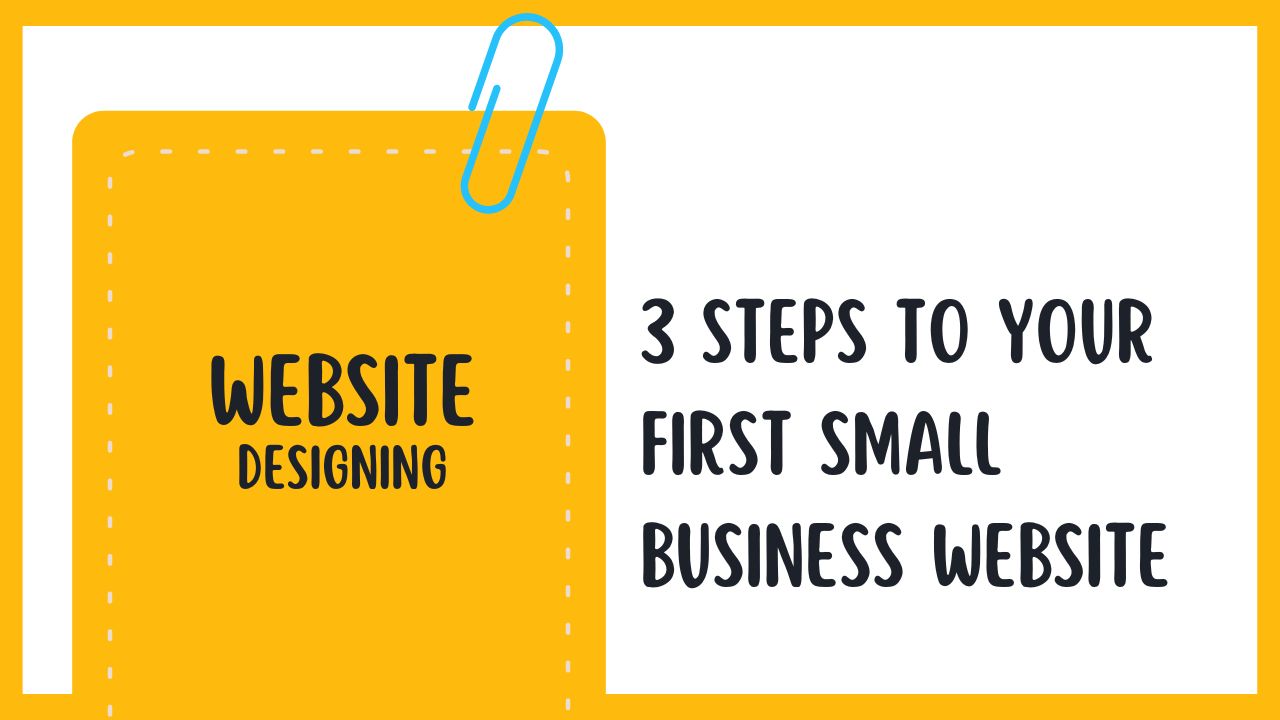When embarking on the journey of creating your inaugural small business website, it’s crucial to address three fundamental questions:
- Who is your target audience?
- How will your target audience find you?
- How will you convert your visitors into sales?
These queries may seem basic, yet overlooking them could lead to the lament of “our website doesn’t bring us any business.”
Who is your target audience?
Delve deeply into defining your target market. Whom do you wish to draw to your website, and for what purpose? Typically, the aim is to sell a product, a service, or an idea.
Declaring that your market encompasses everyone is overly broad, resulting in a lack of focus on your website and a failure to capitalize on its potential. Ideally, aim to carve out a niche.
2) How will they find you?
Focusing on a niche will aid not only in attracting relevant traffic but also in optimizing for search engines, thereby directing valuable leads to your site.
Contemplate the keywords or keyphrases your target audience might use in search engines. Conduct these searches yourself to assess the competition and identify opportunities for improvement. Ascertain what makes your business unique and highlight it.
Incorporate these keyphrases strategically throughout your website – in page titles, headings, and internal links. Specific keyphrases are less competitive and more precise in targeting your market. Securing a spot in the top 30 search results is vital for driving traffic to your site, as users typically do not venture beyond the first few pages of search results.
Achieving high search engine rankings hinges on building inbound links to your web pages from external sites. These links should come from relevant, reputable sources and ideally contain relevant keywords in the anchor text. A gradual, organic increase in inbound links is crucial for maintaining credibility with search engines.
3) How will you convert your visitors into sales?
Merely presenting your products or services isn’t enough; you must also convey why visitors would desire them. Offer incentives, freebies, or discounts to initiate engagement.
Research indicates that visitors form an impression of a web page within a fraction of a second. Hence, prominently display your Unique Selling Point (USP) on every page to capture attention swiftly. Additionally, list your guarantees prominently to differentiate yourself from competitors.
Ensure your website follows a funnel-like structure, guiding visitors towards important pages, such as call-to-action or purchase pages. Use descriptive internal links to direct users effectively, reinforcing the relevance of each page.
Crafting your first small business website entails careful consideration of your target audience, strategic optimization for search engines, and effective conversion tactics. By following these steps, you can set your website on the path to success.
To learn more about small business website design and optimization, visit CraftyWebbies.

